After the recent earthquake in Croatia we looked at RIPE Atlas and RIS data to visualise the impact a large event like this can have on the resilience of the Internet.
In the early morning of 22 March 2020, people in Croatia experienced a strong earthquake. I first heard about the earthquake from my cousin who lives in Zagreb. Photos of the damage were scary! Luckily, our family members were all safe. I was saddened by their pain and by the damage done to buildings in Zagreb. I was curious about disruptions of Internet performance, and looked at various RIPE NCC data collection (mostly RIPE Atlas and the RIPE Routing Information Service (RIS)) to visualise the impact.
RIS - Routing Statistics View per Country
We collect routing announcements in RIS and visualise the results in RIPEstat.
When I looked into this, I could see that two networks (ASes) dropped off the Internet at 7AM UTC - exactly when the earthquake hit. And by noon, two more ASess were gone, from a total of 120 ASes in Croatia to 116.
On 23 March, the day after the earthquake, all 120 networks were up again.
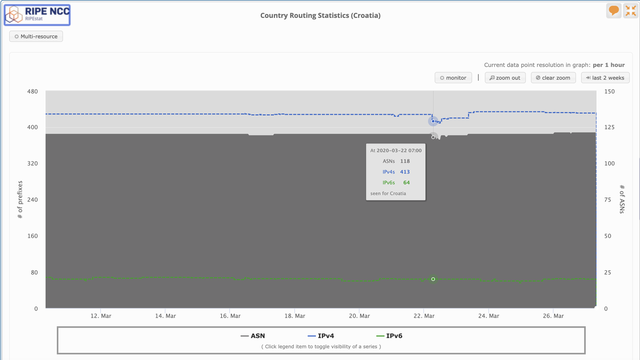
Here is how you can see this for a country and a certain time frame:
- Go to RIPEstat
- Enter the name of the country
- In the widget "Country Routing Statistics" choose last-two-weeks (top right corner)
- Zoom-in to the time period you are interested in, by click-drag selecting that time on the graph
Exploring RIPEstat
If you want to dig a little deeper into the RIPEstat widgets, you could see this: there was some disturbance in routing on 22 March. Here is a permalink that leads to the screenshot below.
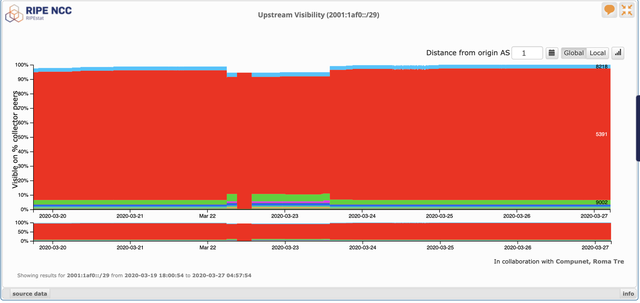
Figure 2: Upstream Visibility of one of the ISPs in Croatia
If you'd like to do this at home, here are the steps:
- Go to RIPEstat
- Enter the name of the country
- Go to the tab "Database"
- In the widget "Country Resource List" choose randomly: I went for the first IPv6 /29 range and got "Iskon" (a local ISP)
- Click on it, then go to the "Routing" tab
- In the "Upstream Visibility" widget, zoom in to the interesting date range
RIPE Atlas Anchors
RIPE Atlas anchors are targets for many RIPE Atlas measurements: other anchors (over 660!) are measuring towards them, and many probes do as well.
There is a lot of data to look at, and I was not able to see a clear signal - see pictures below:
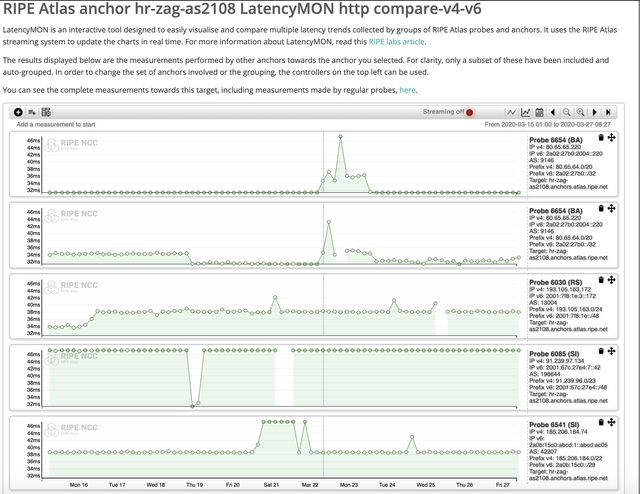
Figure 3: RIPE Atlas anchor in Zagreb
You can explore this data yourself.
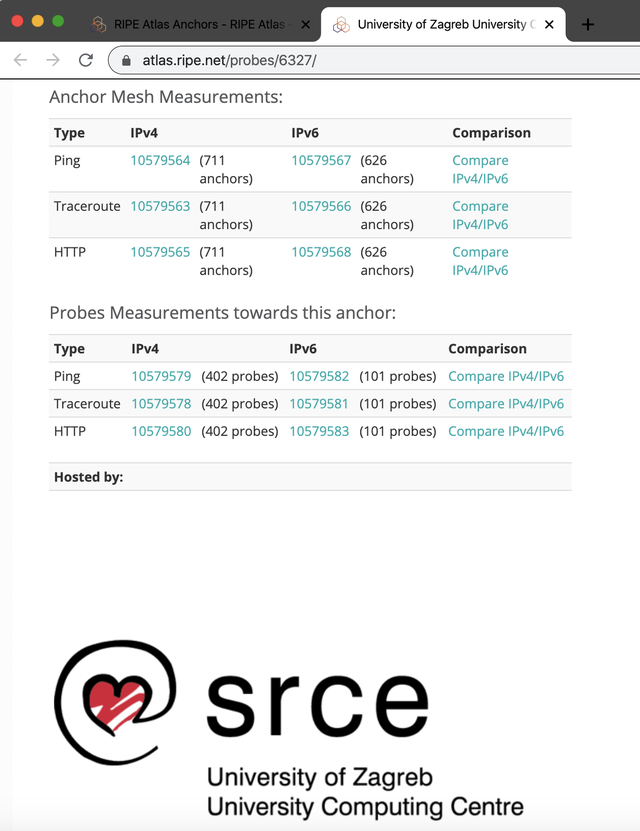
Figure 4: Details of RIPE Atlas anchor in Zagreb
Internet Health Report
The "portal" that measures health of the Internet also has a view of Croatia at the time of the earthquake. Figure 5 shows network disconnects (detected with RIPE Atlas) wordwide for 14-16 March. As you can see there are no disconnects in the report in Croatia. You can view this interactively.
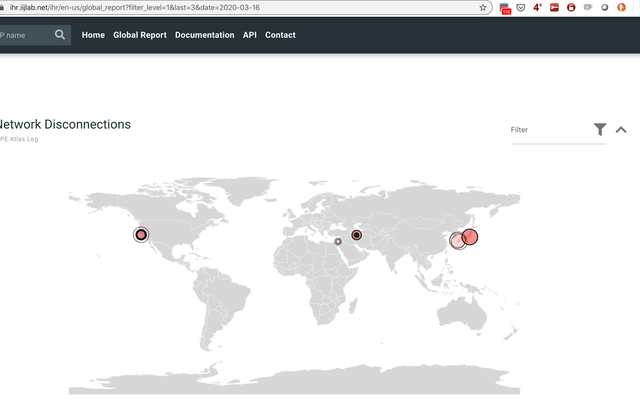
Figure 5: Number of network disconnections before the earthquake
The image in Figure 6 shows network disconnects for 21-23 March and there red dots that represent disconnects visible in Croatia, Georgia and Cameroon (see interactive view).

Figure 6: Number of network disconnections
Figure 7 is the same map, but now with a closer look on Croatia. The screenshot in Figure 7 was taken after I clicked one of the red dots, so there is detailed network information visible about that particular disconnection event.
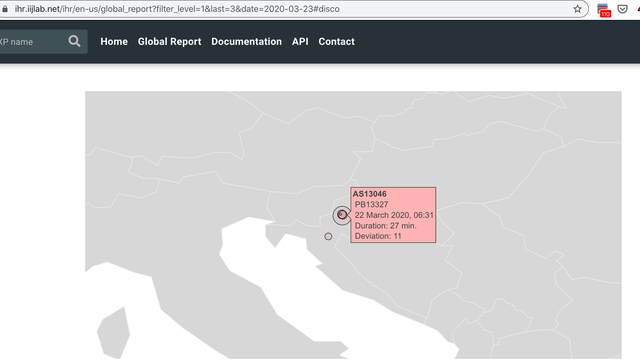
Figure 7: Number of network disconnections zoomed into Croatia on 23 March
The Internet Health Report has received support from the RIPE NCC Community Project Fund. You can follow Internet Health Report alerts on Twitter.
Conclusion
With the tools that are available for free, and open measurement data, you can visualise Internet performance during or after significant events such as natural or man-made disasters.
Please let us know in the comments below if you have captured some interesting visualisations yourself - or publish your results on RIPE Labs.
Appendix
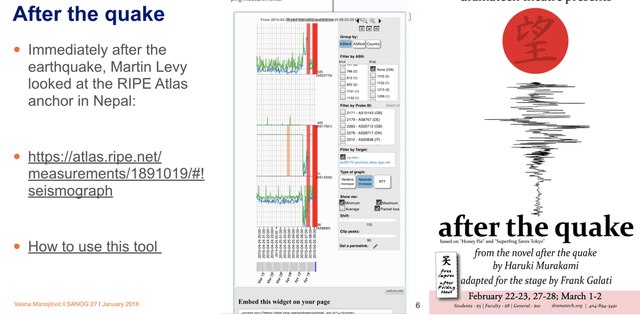
Figure 8: In 2016, I examined the network disruptions in Nepal / "After the Quake" is a reference to the novel by Haruki Murakami

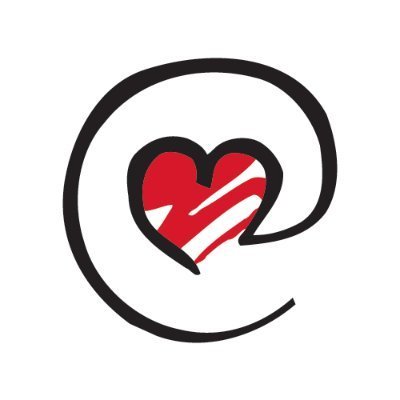
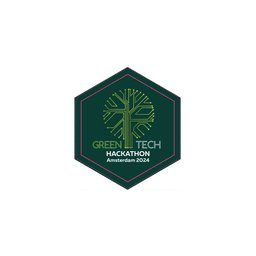
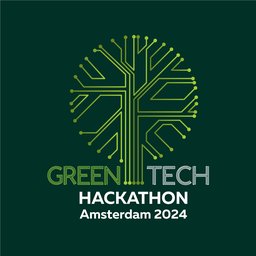
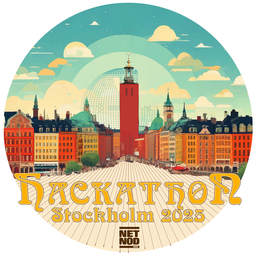
Comments 0
The comments section is closed for articles published more than a year ago. If you'd like to inform us of any issues, please contact us.